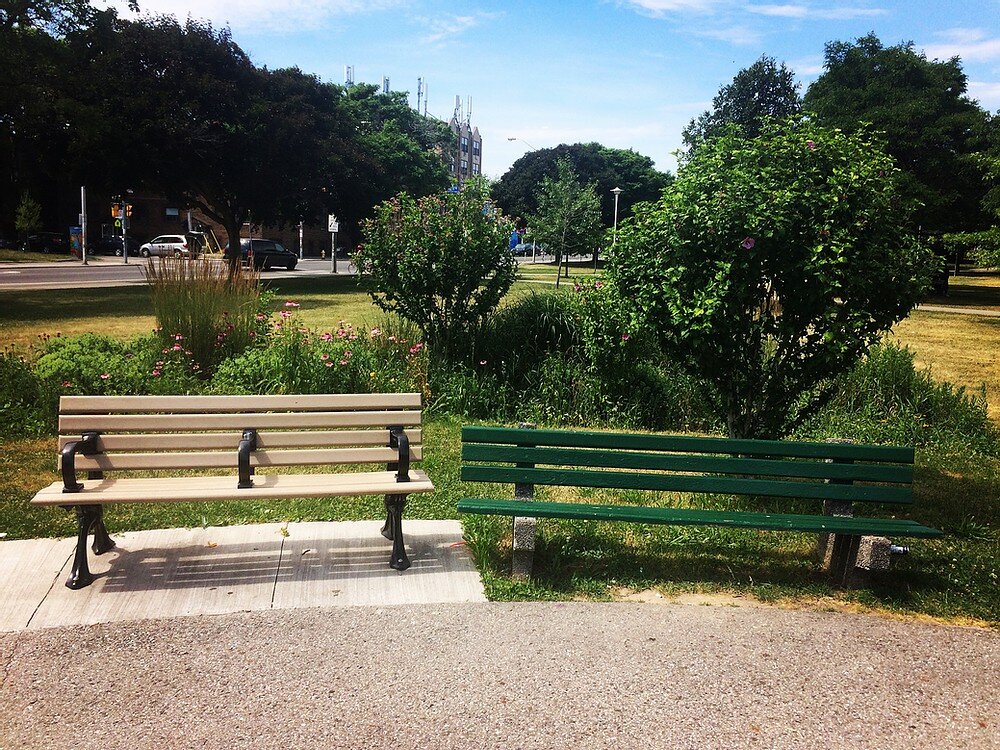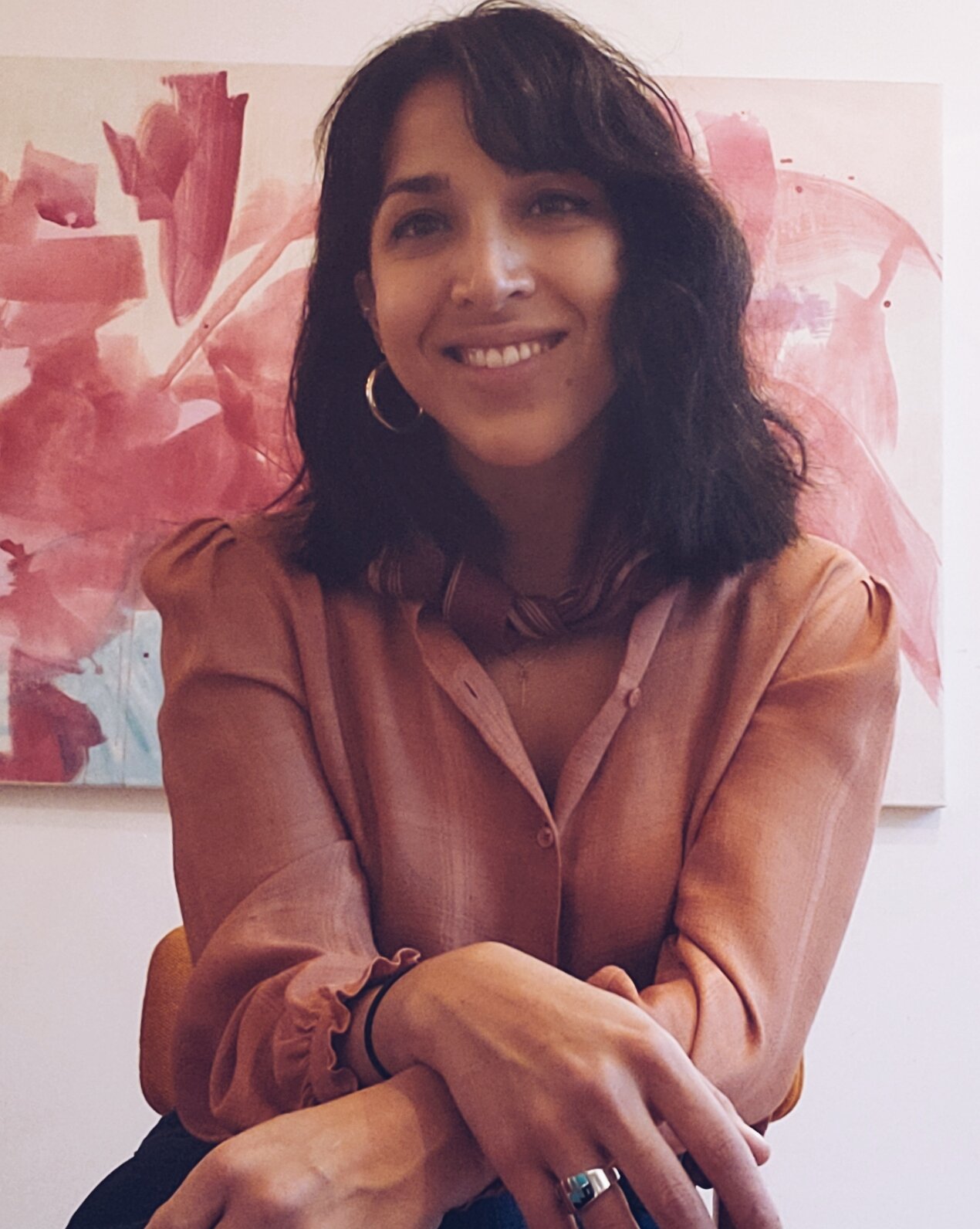Stewards: Design as a Tool for Safer Public Spaces with Cara Chellew and Rayna Sydney Syed
Dan Toulgoet, Vancouver Courier
In their approach to Phase 1 of The Bentway, landscape architects PUBLIC WORK aimed to reject defensive practices for our space and instead embraced an ‘invitational’ architecture that welcomed mixed use from a range of visitors.
The design of our built environment has a key role to play in creating safer cities. Design is deliberate, and if not carefully planned it can restrict how public space is used, and who is welcome to use it.
In this week’s Stewards piece, we connected with Cara Chellew, Founder of DefensiveTO and Rayna Sydney Syed, Co-Founder of Common Space Coalition, whose work in public space challenges other designers and operators, as well as the public at large, to re-think the definition ‘safety’ to be more inclusive and accessible.
About Cara
Cara Chellew (she/her) is a public space researcher, writer, and founder of DefensiveTO, a multi-media project that documents defensive/hostile urbanism in Toronto and beyond. By uncovering exclusive design strategies, Cara hopes to inspire people to create more inclusive public spaces. Her work has been published in Azure, the Canadian Journal of Urban Research, and Spacing Magazine.
Cara’s Thoughts on Safety
When a design strategy uses elements of the built environment to guide or restrict unwanted behaviour, this is called defensive, or hostile, urbanism. Cara explains that defensive urbanism is often used as a way to prevent crime, protect property, or maintain order, although there is little evidence to support that it works. Common examples include benches with centre bars to prevent people from lying down, and ledges embedded with metal objects to keep people from sitting or skateboarding.
As Cara describes, sometimes it’s the overall lack of amenities—such as washrooms or places to sit—that is the most striking design feature of a given public space. These “ghost amenities” alongside defensive design practices often target people who rely on public space the most, such as people experiencing homelessness and youth. However, as Cara points out, these inadequate designs have the impact of creating spaces that fail us all.
“For a space to be “safe” it should be accessible and inclusive to all. This includes basic amenities like places to sit, places of shelter and shade, and public washrooms. When we intentionally design public spaces that neglect basic amenities in the name of “cutting costs” or “preventing crime” we are creating spaces that are hostile for all. ”
DefensiveTO
Looking to the future, Cara notes that public pressure has proven to be the most effective way to tackle defensive design. However, she also acknowledges the role of policies (such as new design guidelines), as well as awareness and courage on behalf of designers themselves to reject these strategies moving forward.
You can follow #DefensiveTO on Instagram @defensive_to and on Twitter @DefensiveTO.
About Rayna
Rayna Sydney Syed (she/her) is a Landscape Designer and Co-Founder of Common Space Coalition, an organization of landscape architects whose goal is to combat racism in their professional practice. Through her work, Rayna explores the complexity of tensions that arise in the built environment, and strives to confront the polarizing issues of environmental and social justice for marginalized communities in the design and discussion of public space. Rayna’s work, research, and activism ultimately aspires to be of service to communities.
Rayna’s Thoughts on Safety
Reflecting on her experience as a resident of the Parkdale neighbourhood, Rayna shares that safety can manifest in different ways in public space. For example, she highlights that the activation of sidewalks as the public realm in the neighbourhood, functions to support a strong sense of belonging, and informs the communities’ sense of ‘safety’. However, she acknowledges that some may feel uncomfortable in this environment, and may feel that Parkdale’s mix of homeless, low income communities, and overall energy are unsafe. For Rayna, this contrast demonstrates important truths about how public spaces are built.
“What I understand from this dichotomy is that public space and safety is not defined, designed, and created equally, revealing a systemic bias embedded in city policies and planning initiatives that is often unconscious and always oppressive. Public safety cannot exist in public space without inclusion and equitability”
Rayna also shares that in order to further advance ideas about ‘safety’ in public spaces, practitioners at all levels must act to radically center community voices and contributions throughout the planning and design process. By applying frameworks like design activism, practitioners must be courageous and challenge outdated norms in policy, academia, licensure, and professional practice which govern the design, implementation, and stewardship of public space.
Rooted in her Masters research which reflects on the role of Landscape Architects as leaders in this radical change, Rayna has applied these ideas through the proposed project Vehicles for Change, to be launched Spring 2021. In partnership with several local organizations like the Toronto Environmental Alliance and Parkdale People’s Economy, the project replaces a number of street parking spaces with accessible modular info hubs to convey important information related to climate change and drawing connections with related issues at a local scale in Toronto in South Parkdale.
You can follow Rayna’s blog on Instagram at @_wtfla and Common Space Coalition @common__space



